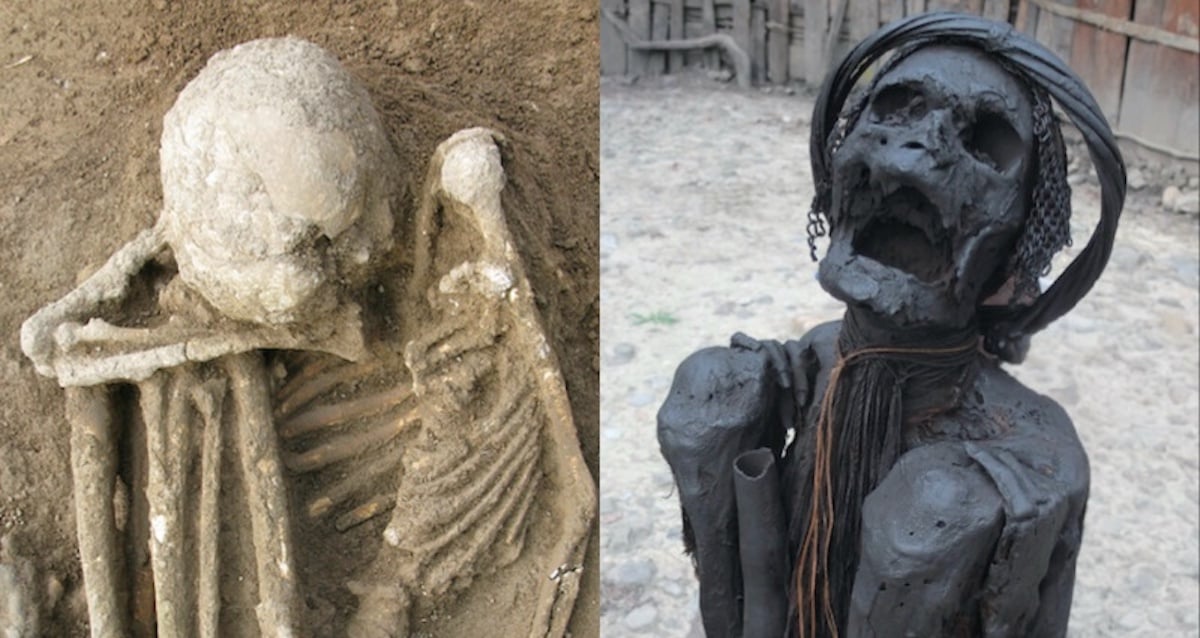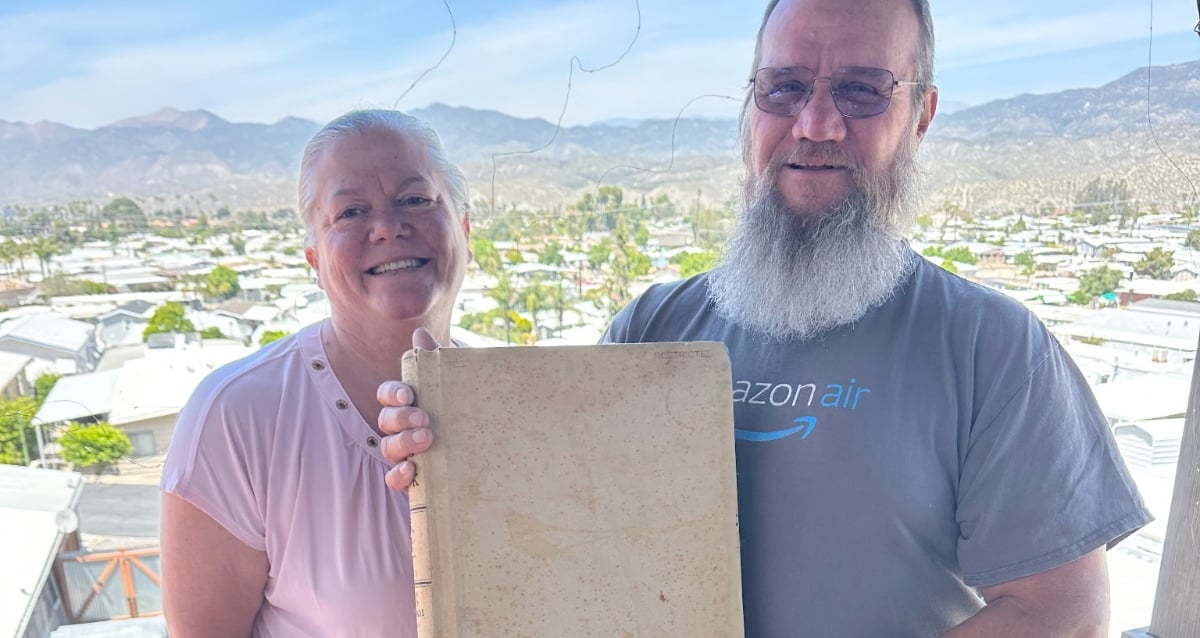Ancient Secrets Unveiled: Smoke-Dried Remains Could Rewrite Mummy History Forever
Ever wonder how far back humans decided that keeping their dearly departed around — literally — was a top priority? Well, brace yourself: some ancient folks took it up a notch by smoke-drying their dead over gigantic fires, leaving them looking like deeply blackened, time-trapped relics dating as far back as 14,000 years. Yup, these aren’t your run-of-the-mill Egyptian mummies or Peru’s famous frozen folks — these smoke-dried ancestors from southeast Asia might just be the oldest mummies we’ve ever uncovered. Imagine the patience it took to hang a tightly bound body above smoldering embers, inside some ancient hut or cave, hoping to preserve not just flesh but the essence of family ties across millennia. It’s humbling and oddly poetic — like prehistoric Airbnb for spirits. So, why go through all that smoky trouble? Turns out, even back then, people craved a connection that defied death itself. Curious to dive into this smokin’ hot slice of history? LEARN MORE
Dating back as far as 14,000 years, these bodies were placed atop enormous fires that slowly smoke-dried them, leaving them deeply blackened yet frozen in time.

Proceedings of the National Academy of SciencesAn example of one of the newly-studied smoke-dried mummies, this one found in Guangxi, China.
Preserving human remains is a practice that dates back to the prehistoric era and has been well documented in diverse societies around the world. However, a new study suggests that mummifying the dead may have started much earlier than experts once thought.
After studying prehistoric human remains across southeast Asia, scholars have determined that some of the dead were mummified by being smoke-dried over a fire. These remains range from 4,000 to 14,000 years old, making the oldest of them even older than the mummies found in Egypt or Peru — and thus the oldest-known mummies ever documented.
The Prehistoric Smoke-Dried Bodies Of Southeast Asia: The Oldest Mummies In The World?
As detailed in a new study published in the Proceedings of the National Academy of Sciences, researchers made their discovery by analyzing prehistoric human remains in China and Vietnam, as well as in the Philippines, Laos, Thailand, Malaysia, and Indonesia. Between 2017 and 2025, they studied 54 burials that had previously been found at 11 archaeological sites.
Many of these human remains were found in “tightly crouched, or squatting burial postures,” according to the researchers, and many remains had signs of being burned as a method of preservation.

Proceedings of the National Academy of SciencesDuring their study, researchers determined that many prehistoric remains found in southeast Asia showed signs of being burned.
By studying the remains, the researchers determined that that bodies had been “subjected to long periods of smoke-drying and resulting mummification before burial.”
The researchers suspect that prehistoric people smoke-dried mummies in a method that’s similar to the ones used by present-day Indigenous societies in Australia and Papua New Guinea. Specifically, the researchers believe that most of the human remains from the study were “tightly bound immediately after death and suspended above low temperatures and smoky fires for long periods.”
This may have taken place “inside a house or a specifically constructed hut.” Once the smoking process was complete, the smoke-dried mummy was probably then “transferred to a protected residence, rock shelter, or cave.” Eventually, possibly after many years, the remains were buried.

Proceedings of the National Academy of SciencesA figure showing how prehistoric societies might have smoke-dried mummies in order to preserve a loved one’s body.
Given the wide range of mummies that the researchers studied, it seems that “this tradition may have been known among hunter-gatherer societies across a vast region, for many millennia.” Smoke-drying mummies may have taken place from “northeastern Asia and Jomon Japan to western Oceania and Australia, and possibly farther.”
But what exactly compelled prehistoric people to mummify their ancestors in the first place?
The Important Role Of Mummification In Human Culture From Prehistory To Today

Proceedings of the National Academy of SciencesMany of the bodies studied by the researchers were found in a “flexed” position, suggesting that they had been bound after death and then preserved.
Mummies have been documented across human history. Previously, 7,000-year-old mummies found in Chile were considered the oldest known mummies, but ancient Egyptians also famously mummified their dead, and ancient Europeans were known to preserve their ancestors by storing them in bogs.
According to the researchers who recently studied the smoke-dried mummies of southeast Asia, the ritual of mummification likely came from a desire to maintain a connection with the dead.
“Through this practice, the smoked and preserved remains of the deceased allowed people to sustain physical and spiritual connections with their ancestors, bridging time and memory,” they wrote.














Post Comment